I would like to build a web application that processes video from users' webcams. It looks like WebRTC is ideal for this project. But, I'm having a hard time creating a peer connection between the user's machine and a pod in my Kubernetes cluster. How would you connect these two peers?
This question on Server Fault discusses the issue I'm running into: WEBRTC MCU/SFU inside kubernetes - Port Ranges. WebRTC wants a bunch of ports open so users can create peer connections with the server but Kubernetes has ports closed by default. Here's a rephrasing of my question: How to create RTCPeerConnections connecting multiple users to an application hosted in a Kubernetes cluster? How should network ports be setup?
The closest I've come to finding a solution is Orchestrating GPU-accelerated streaming apps using WebRTC, their code is available on GitHub. I don't fully understand their approach, I believe it depends on Istio.
